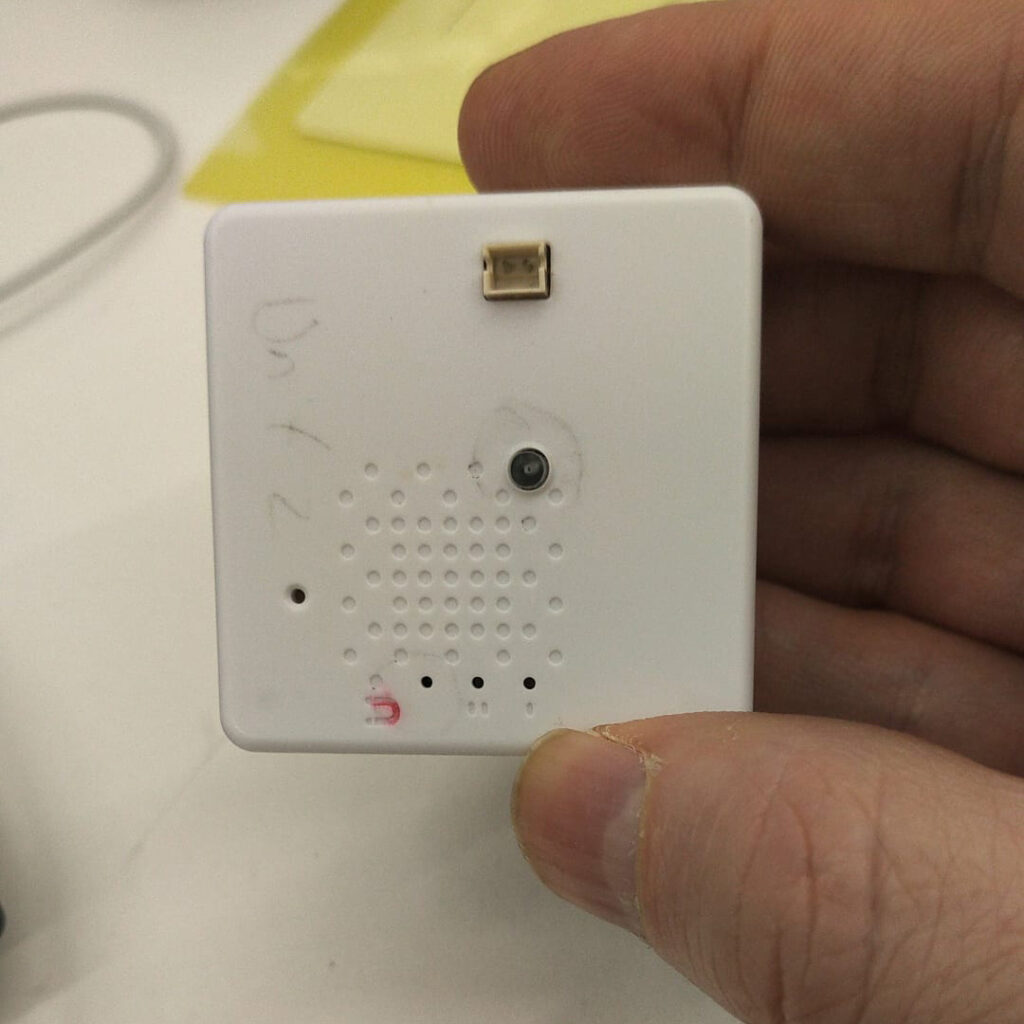Remote Monitoring / Crypto Payments



I have developed a deep understanding of how technology works, especially IoT / Blockchain in the creation of light weight proprietary monitoring systems.
I use emerging technology to manage on a pro-bono basis, land parcels in Southern Alabama and in both mountainous and coastal North Carolina. These areas are prone to Climate Change in the form of fires, high wind, water shortages, hurricanes and tornadoes; experiencing some of the most dramatic weather disruptions on earth.
To take care of this land and bridge this change, I use IoT sensors to aggregate data over large areas. These areas are remote and internet is either poor quality or non-existent.
Over the last few years, LoRa technology has meant that monitoring over long distances has become possible. To put it in perspective, LoRa reaches out >10 KM in good conditions.
Every day, more area is covered using Helium which provides a distributed backbone for LoRa devices. Helium is the crypto currency that is paid out to people who maintain LoRa hot spots. While this won’t bring high bandwidth internet to these areas, it provides the ability to gather data, such as temperature, humidity, light, soil temperature and electrical consumption, affordably over long distances.
During the 25 years of my tenure, the evolution of micro software development / data sensor technology has been extremely rapid. Today they have a battery life of 10 years and cost less than $50 USD each, 10 years ago it was 5x this much and was largely unattainable by smaller farms.
Crypto is Changing Labor Payments


Increasingly, rural farm workers do not want to be paid in USD. The issue is that AML/KYC has made it hard for them to open bank accounts / remit money. The bigger issue is these banks are only open 9-5, M-F and are far from where these people live and work.
With the new options around crypto and DeFi, almost anyone has the ability to take and make payments. This is going to put pressure on Western Union remittances which typically cost 8% of the remitted amount. With crypto, people can send money to friends and family for about 10BPS (10% of 1%).
The interesting part is many South American countries (like El Salvador) are now warming up to what is effectively a 2nd-tier currency for their country. Going to fiat is still a big issue, but these countries are taking a more pragmatic approach.